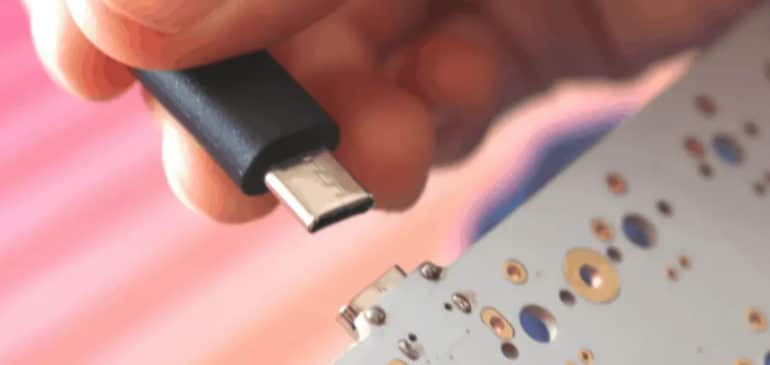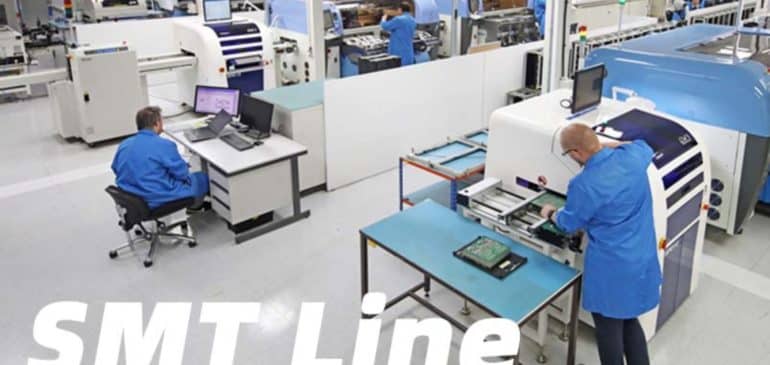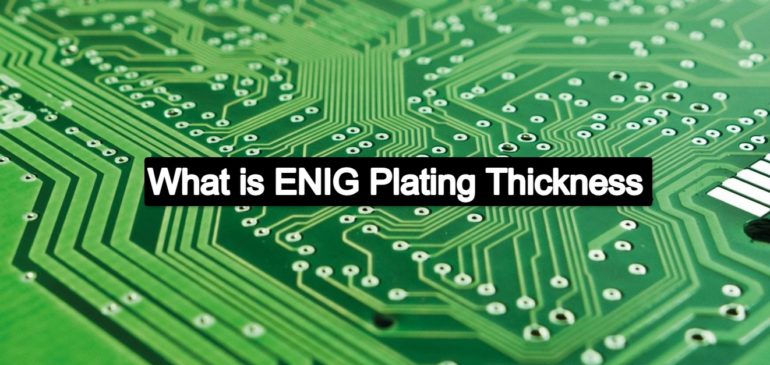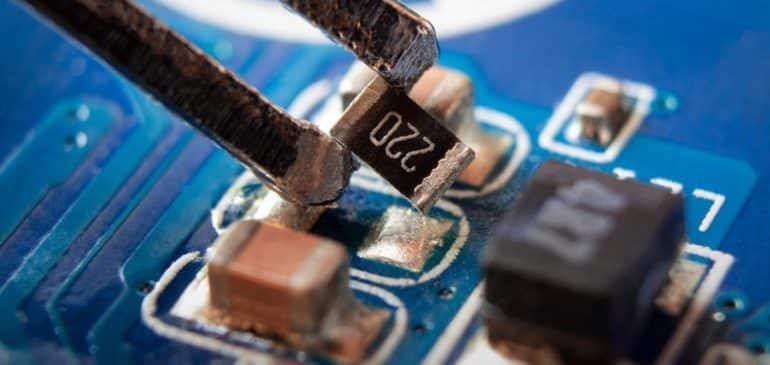Things to know about PCB footprints
PCB Footprints A PCB’s physical arrangement or measurements are assigned to a particular electrical element as PCB footprints. The dimensions, form, and placement of any pads and solder connections required to attach the part to the circuit board are all shown within these footprints. Throughout the stage of assembly, the footprints…
What is Keyboard PCB Tester?
Keyboard PCB Tester An instrument designed specifically to examine and confirm the keyboard’s PCB (printed circuit board) operation is referred to as a keyboard PCB tester. To evaluate the PCB’s general functioning, switch efficiency, and electrical links, it acts as a tool for diagnosis. By delivering impulses to the circuits to…
How to choose your PCB Dielectric Material
Choosing the right PCB dielectric material is crucial for the performance and reliability of your printed circuit board (PCB). The dielectric layer, which separates the copper traces, affects electrical properties like insulation resistance, breakdown voltage, and loss factor. It also impacts thermal management, structural integrity, and manufacturability. This guide will…
Things to know about flexible LED strip substrates
LED lighting strips, sometimes called LED PCB strips or LED tape, are made from an agile printed circuit board with attached light-emitting diodes (LEDs) organized straight. These light strips give adaptable and energy-effective lighting options by providing illumination for various purposes. LED PCB strips are available in various measurements, shades, and intensities for ambient…
What is PCB Acid Trap?
PCB Acid Trap A PCB acid trap is a layout element utilized on printed circuit boards that keeps etching solvents out of tight places and nooks when the circuit board is being etched. The traps use particular geometrical designs or rounded ends within the printed circuit board structure. They lessen the possibility…
How to Choose the Right PCB Resistor
An electronic element called a PCB resistor is utilized in circuits to control the amount of electrical charge that flows through a circuit. They aid in controlling the current and voltage of the circuits and are placed directly into PCBs. Several types of resistors exist, including networks, chip resistors, and surface-mount resistors…
What is an SMT Line?
Surface Mount Technology, popularly known as SMT, refers to mounting electrical parts straight upon the exterior of PCBs, or printed circuit boards, utilized to manufacture electronics. An SMT line, commonly called an SMT assembly line, is a production line developed specifically for building electronic parts with SMT. It consists of several…
What is ENIG Plating Thickness
ENIG coating ratio is important because of its direct impact on the PCB’s dependability and functioning. The recommended ENIG plating thickness on PCBs is usually between 2.5 and 5.0 µm (micrometers) for the nickel film and between 0.05 and 0.15 µm for the gold film. Achieving exact nickel coating thickness creates a…
SMD Components :Types and Functionality
A type of electronic element known as surface-mounted devices (SMDs) or surface-mounted components are specifically designed to be surface-mounted on PCBs to manufacture electronic gadgets. SMD components are attached to the PCB substrate utilizing joining processes, for example, reflow oven soldering. Unlike conventional methods, these processes do not include leads or cables. SMD technologies are essential…
What you need for Circuit Board Repair?
A circuit board is the foundation upon which an electronic device is built. No electronic gadget can perform its functions without a properly functioning circuit board. These boards, made up of interconnected parts to pass signals across the board for optimal functioning of the device in which they are inserted,…











